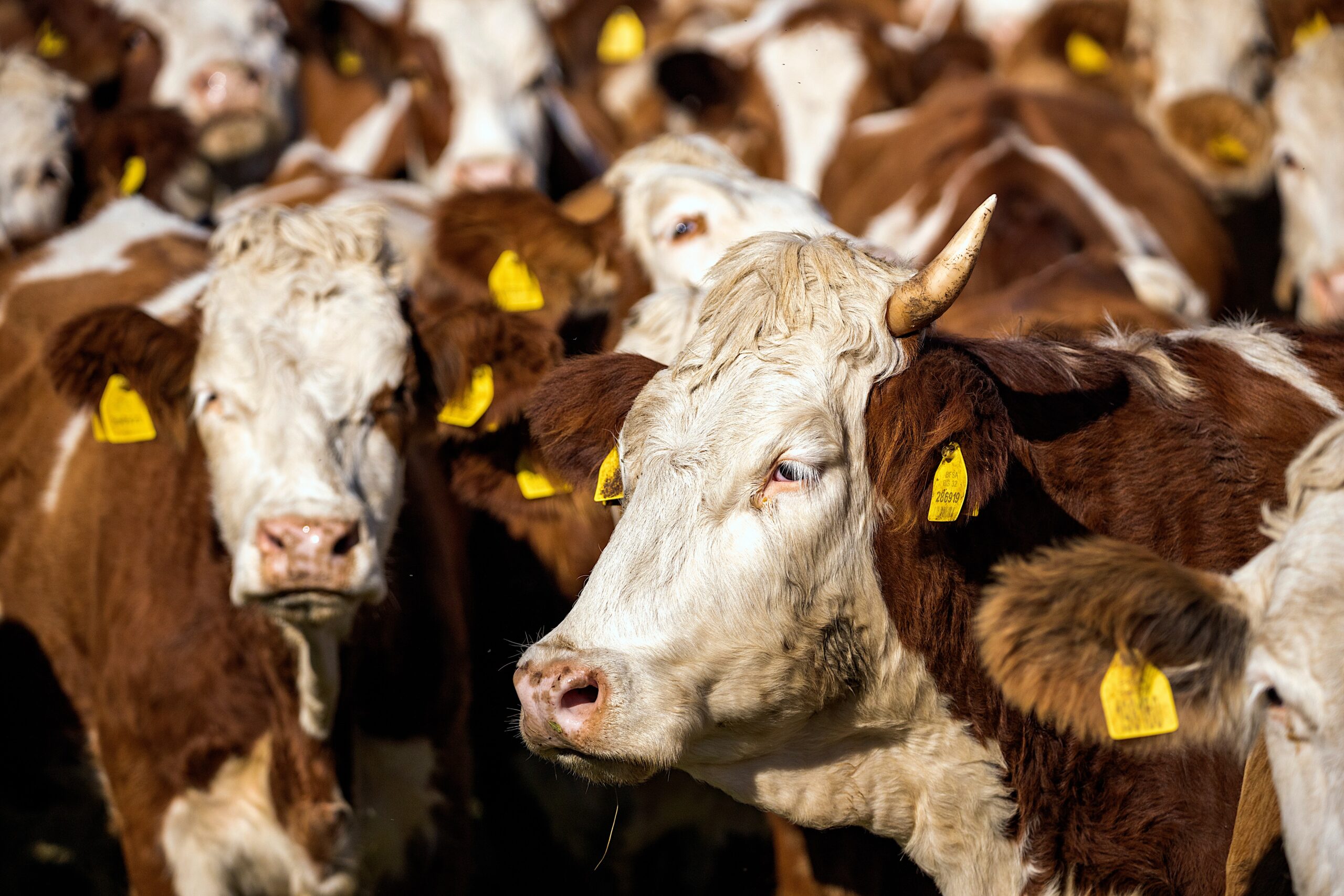
The Australian beef industry now has a set of national language guidelines for trading and description of livestock. The National Bovine Livestock Language Guidelines, managed by AusMeat, aims to bring diverse description topics under a national, uniform umbrella to ensure consistent application of beef and dairy cattle descriptors. The guidelines provide recommended standardised definitions, descriptions, and assessment methodologies for the key attributes used to describe cattle from birth to slaughter.
The document’s development began with a Livestock Language Review conducted by an independent ‘expert group’ and peer-reviewed by stakeholders, including pastoral companies, vets, processors, agents, advisors, state farm organisations, and independent producers. The 94-page document covers a wide range of attributes commonly referred to in livestock description and trading.
To ensure an accurate and comprehensive assessment of an animal’s welfare, it is important to consider various factors such as sex, age, breed type, dentition, weight, fat score, and muscle score. These variables are commonly used as proxies for an animal’s body condition and can help identify potential health concerns or nutritional imbalances.
Physical descriptions such as frame size, maturity, horn status, eyes, temperament, and structural assessment are also crucial elements to consider. These can provide insights into an animal’s physical characteristics and behaviour, which may indicate overall health and welfare.
Reproduction is another critical consideration when assessing an animal’s welfare. Breeding practices and management can significantly impact an animal’s health and well-being, and ensuring that these practices are ethical and sustainable is important.
Furthermore, it is essential to consider any treatments or medications an animal has received for health issues and any ongoing health concerns or management practices that may impact their welfare.
Finally, coat and hide quality and physical welfare factors such as lameness should also be assessed when evaluating an animal’s overall welfare.
Despite extensive industry consultation, differences of opinion may arise in assessing an animal’s welfare. It is important to remain open to diverse perspectives and continue to work towards consensus-based approaches to ensure the highest animal welfare standards.
The Australian Meat Industry, Language and Standards Committee has endorsed the guidelines and will undergo a routine review process every two years.
To read full document, go to: https://www.beefcentral.com/wp-content/uploads/2023/02/national-livestock-guidelines-2022-web_final_291122.pdf


